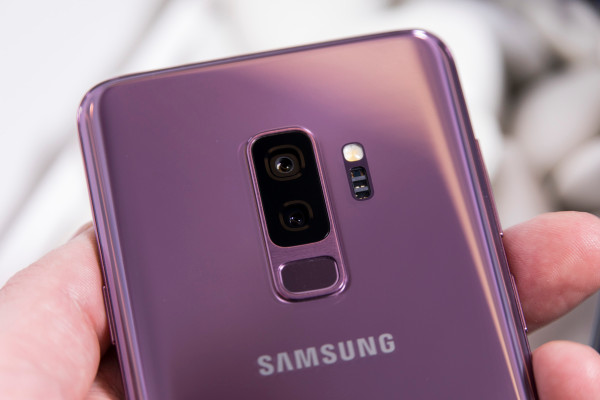
Samsung has a new smartphone out, the Galaxy S9 (and S9+). It’s the latest flagship from one of the top smartphone makers in the world, but this year’s version has a lot in common with last year’s model, at least on the surface. The big focus (lol) this year was on the camera, and for good reason: Samsung stepped up its game significantly in this department with this update, and it comes closest to any smartphone camera I’ve tried yet to replicating some of the aspects of traditional photography that I love.
Arguably, other smartphone cameras, and the Pixel 2 in particular, can produce better photos. The Samsung Galaxy S9 is basically on par with that industry leader when it comes to quality of photos when shot in automatic mode – in some situations, including a lot of low-light scenarios, the S9 is better, but in others, like when there are big lightning differences across the scene, Google’s smartphone edges the Samsung. But either device (and the latest iPhones, if you’re going beyond Android) is going to be a fantastic photographic choice for most smartphone buyers, and that shouldn’t be a major concern when making a buying decision.
Where the Samsung Galaxy S9 really takes a leap forward is in bringing some of what has been so appealing about manual-friendly retro camera designs like those favoured by Fujifilm to the mobile realm. There are plenty of manual photography apps that do similar things, but the Galaxy S9 has its crucial dual aperture camera lens, which can manually switch from F/1.5 to F/2.4 in pro shooting mode. This gives you a noticeable degree of control over depth of field, or the effect of subtly blurring either background or foreground details depending on where you want to draw attention in the frame.
It’s this small, but crucial detail that really drives the appeal of the S9 for me. Without it, it’d be difficult to roundly recommend it as a major upgrade from last year’s model, and hard to say that it can stand apart from the rest of the crowd, most of which now feature magnificent cameras.
The Galaxy S9 also produces pretty fantastic results with full-light photos outdoors, as you can see from the gallery, with vibrant, rich color that might be a bit artificial, but ultimately comes off looking like it includes the kind of minor boosts and tweaks I’d do while editing in post anyway. The video shooting is good, as well, though it lacks the degree of stabilization that Google’s Pixel 2 can provide when filming while in motion.
On the Galaxy S9+ (which I didn’t test, but spent a bit of time with ahead of launch), the dual-camera design provides even more balm for DSLR and mirrorless addicts, since it gives you access to that 2x manual zoom. But the standard S9 strikes a great balance in terms of portability, design and features, and honestly most people won’t often use the zoom lens anyway.
Another key feature of the S9 is its new super slow motion mode, which captures brief clips at 960 fps at 720p resolution. I had fun with this, but found its automatic mode frustrating (it rarely detected motion when I wanted it to, and often went either too early or too late to get the moment). Turning that to manual was again more fun, for many of the reasons described above, and more interesting in terms of results produced, like the clip below.
Other new features, including the AR Emoji, are less well-executed and will probably enter the dustbin of history with a lot of other Samsung exclusive features. That’s not necessarily a criticism however: Samsung trying a bunch of stuff and then introducing it into the wild for hundreds of millions of customers isn’t hurting anyone (though mode switching on the S9 is super sensitive to casual left and right swipes, meaning AR emoji could come up accidentally) and sometimes crazy stuff they try actually works. AR emojis is not one of those.


